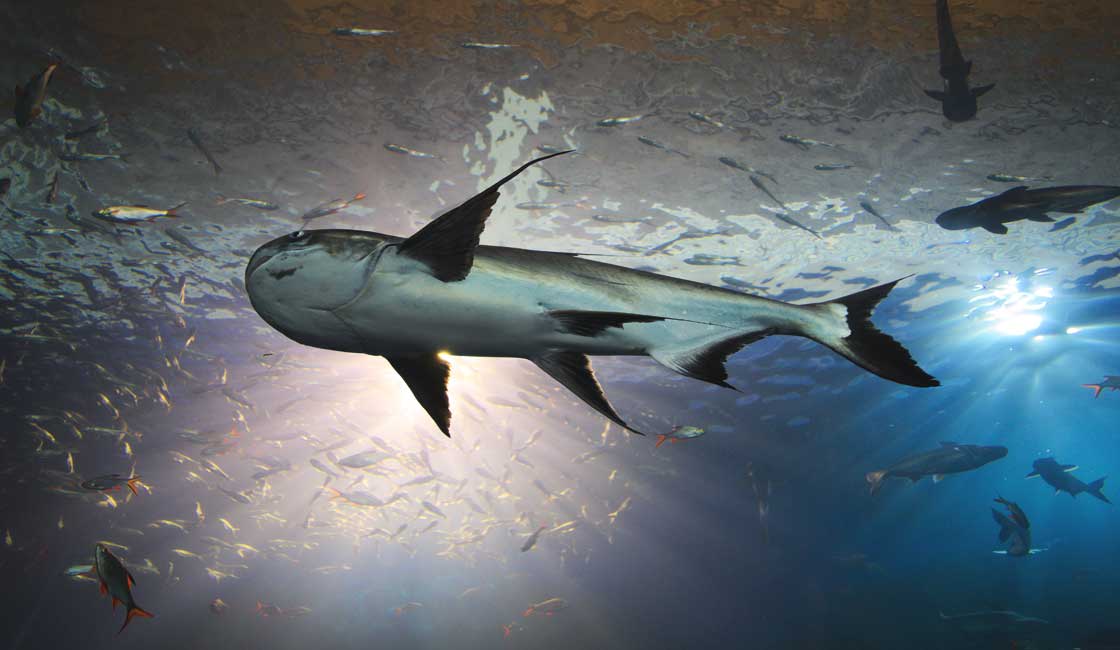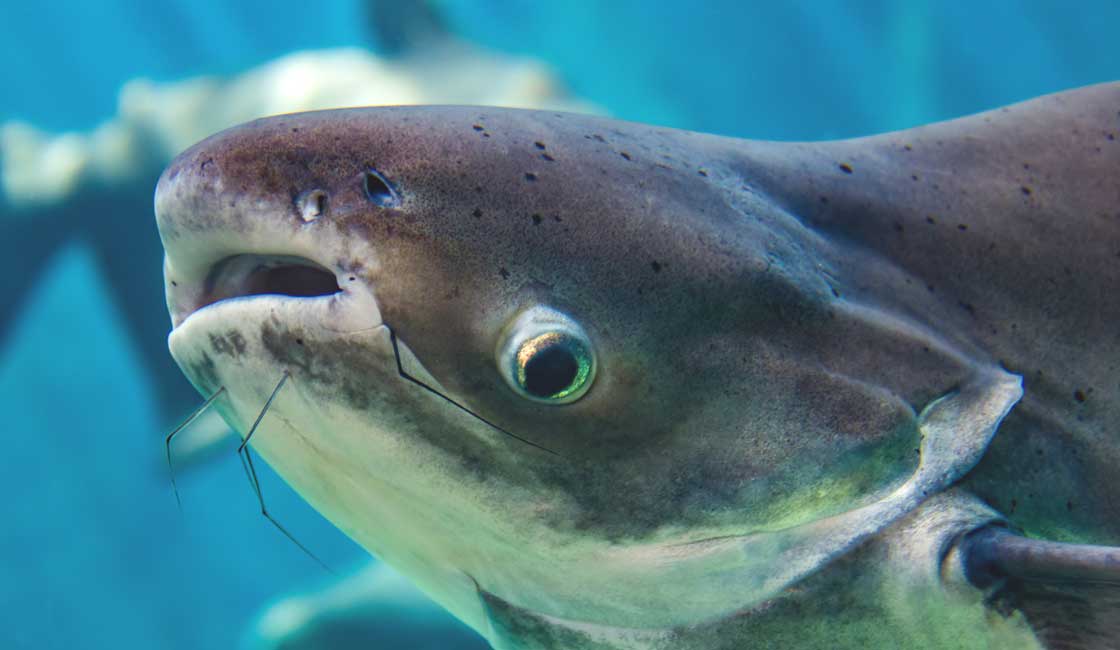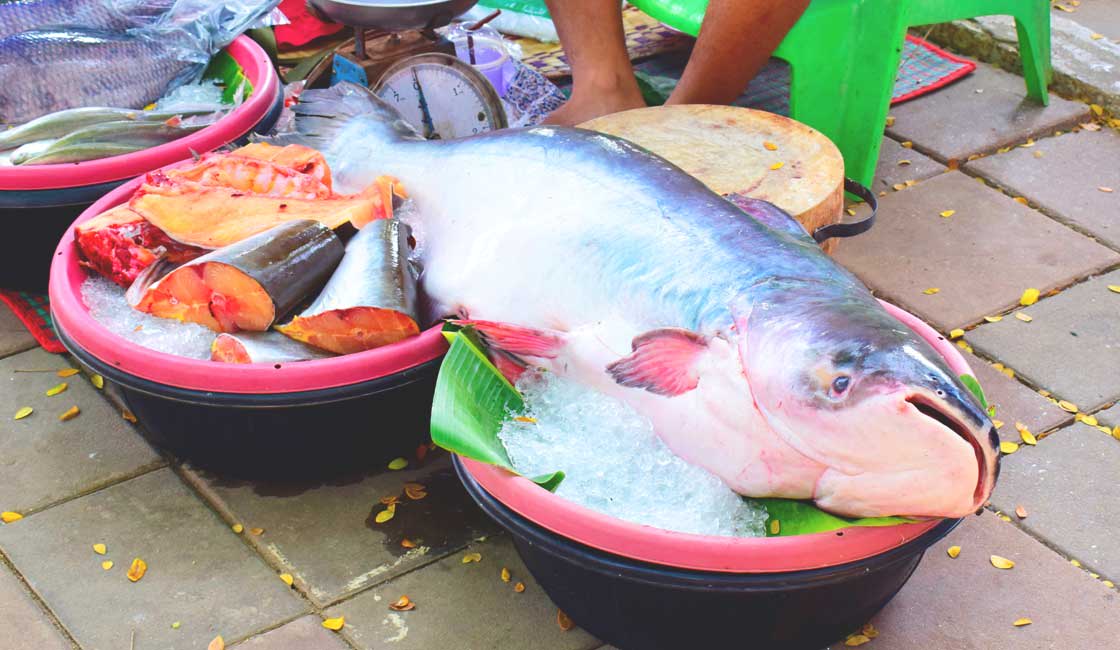
It is almost impossible to travel Southeast Asia without seeing or cruising the Mekong River. You probably already know that the Mekong River Catfish is one of the largest freshwater fish on the planet. But do you know these other fun and interesting facts about this giant of the Mekong River?

Catfish

Local street market
While Rainforest Cruises aim to provide accurate and up-to-date information, we make no representations as to the accuracy or completeness of any information herein or found by following any link on this site. Rainforest Cruises cannot and will not accept responsibility for any omissions or inaccuracies, or for any consequences arising therefrom, including any losses, injuries, or damages resulting from the display or use of this information.




